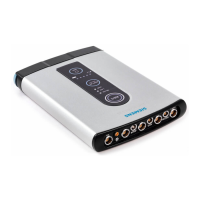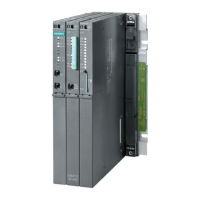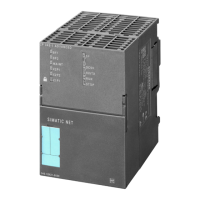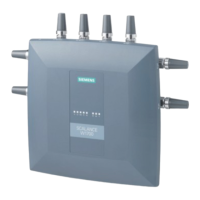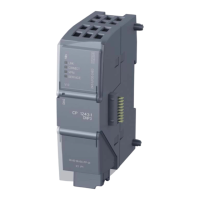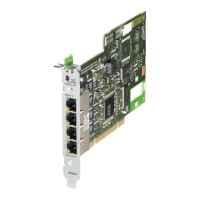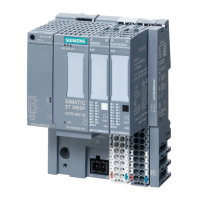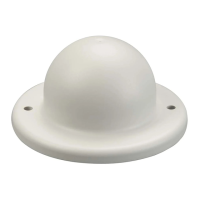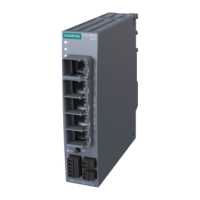Basics of communication with Industrial Ethernet
1.5 Wireless LAN
Industrial Ethernet
System Manual, 09/2019, C79000-G8976-C242-10
53
Complexity of the RF field
Radio waves propagate through space are and deflected by obstacles or weakened when
passing through. This means that an RF field with a complex structure is created that
changes when the obstacles move. The area illuminated by one or more transmitters is not
sharply defined. There is also no clear delineation of the RF field and the transmission
characteristics of the individual nodes in the wireless network fluctuate depending on their
position. Lastly, it is also practically impossible to detect a "silent listener" in a wireless
network.
These properties need to be taken into account in terms of the reliability of the wireless link
and the security of a network against eavesdropping and immunity to interference. Wireless
networks are, however, just as reliable, secure and resilient as hard-wired networks if trained
employees are deployed who are aware of the particular demands of a wireless network.
1.5.3 Preferred areas of application for WLANs
Preferred areas of application
In many environments, their special qualities make wireless networks the preferred, and in
some cases only practical medium.
These include:
● Connecting freely mobile nodes to each other and with stationery nodes
● Connecting mobile nodes with wired networks (Ethernet, etc.)
● Contact to rotating nodes (cranes, carousels, etc.)
● Connection of participants with restricted mobility (overhead monorails, high-bay
warehouses, etc.) as a replacement of sliding contacts or trailing cables
● Structure of wireless bridges between physically separated (different buildings, roads,
water, etc.) wired subnets
● Communication with stations in areas that are hard to access
1.5.4 The standards of the "IEEE 802.11" series
Standardization of WLANs
IEEE
The acronym "IEEE" stands for the Institute of Electrical and Electronics Engineers, an
organization that has taken on the task of developing, publishing and promoting electronic
and electrotechnical standards and that can be compared in some ways with DIN.
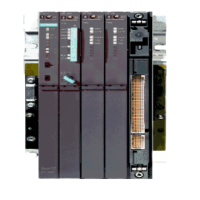
